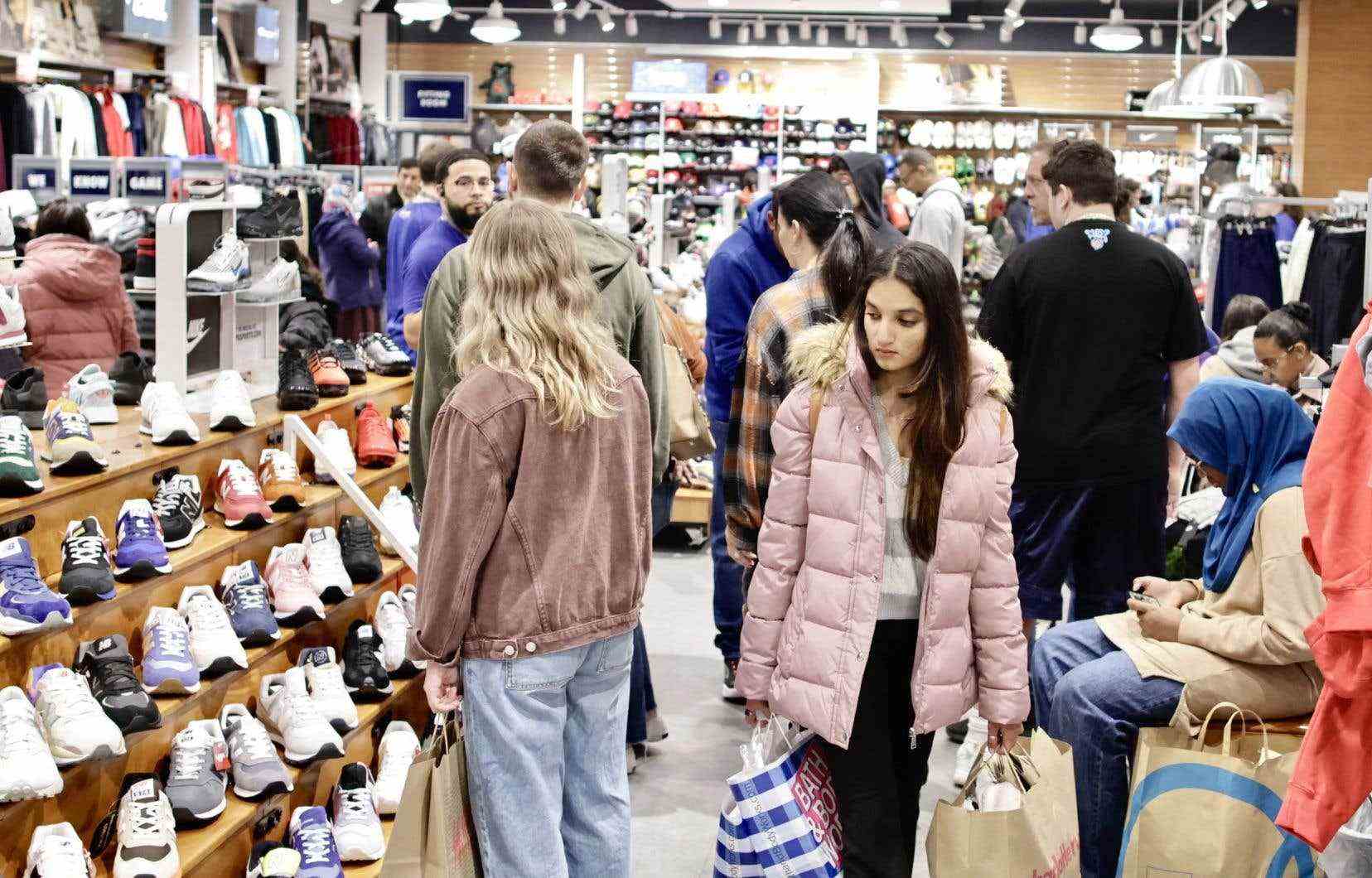Inflation slowed in October in the United States, according to the index favored by the American Central Bank, while Americans continued to spend, benefiting from also rising incomes and dipping into their savings, but the recession still threatens.
The rise in consumer prices rose in October to 6.0% over one year against 6.3% in September, according to the PCE index published Thursday by the Department of Commerce.
In just one month, inflation was stable at 0.3%, surprising analysts who had expected a slight acceleration and had forecast 0.4%.
US President Joe Biden, when he welcomed his French counterpart Emmanuel Macron to the White House, assured in a press release that “we are seeing the first signs of progress in the fight against inflation”.
He warned, however, that “it will take time to get inflation back to normal — and there could be setbacks along the way.”
Inflation, at levels not seen in the last twelve months since the early 1980s, is the Fed’s priority. The latter raises its rates to slow down consumption and ease this pressure on prices.
The PCE inflation index is the one she favors, and wants to bring it down to 2%, a level considered healthy for the economy.
Another measure, the CPI index, used for pension indexing, also showed a slowdown in October, to 7.7% over one year against 8.2% in September, the lowest since January 2022.
Savings are shrinking
In addition, households saw their income increase by 0.7% over one month in October, according to the government, a higher increase than that of September (0.4%), thanks to increases in wages and social benefits.
Spending, on the other hand, increased, up 0.8% (compared to 0.6% in September). Americans notably bought gasoline and cars, and paid more for food and housing.
However, they had to dip into their savings: the savings rate relative to disposable income fell to 2.3%, a 17-year low. In April 2020, under the effect of federal government aid in the face of the pandemic, this rate had risen to 33.8%, unheard of.
“Solid income growth is keeping consumers in a spendthrift mindset, even as soaring inflation and high interest rates depress them about the economic environment,” said Oren Klachkin, economist for Oxford Economics. .
“Looking ahead, we expect the jobs machine to slow down and then stall as the economy slips into a recession in 2023,” he said.
US growth rebounded in the second quarter after contracting in the first half.
The holiday season has started with a bang, with the promotion days of Black Friday and Cyber Monday. Sales over the whole season should increase by 6 to 8% compared to last year, anticipates the National Federation of NRF distribution.
But the risk of recession still hangs over the US economy. Manufacturing activity fell in November, for the first time since May 2020, according to the ISM index also published on Thursday.
